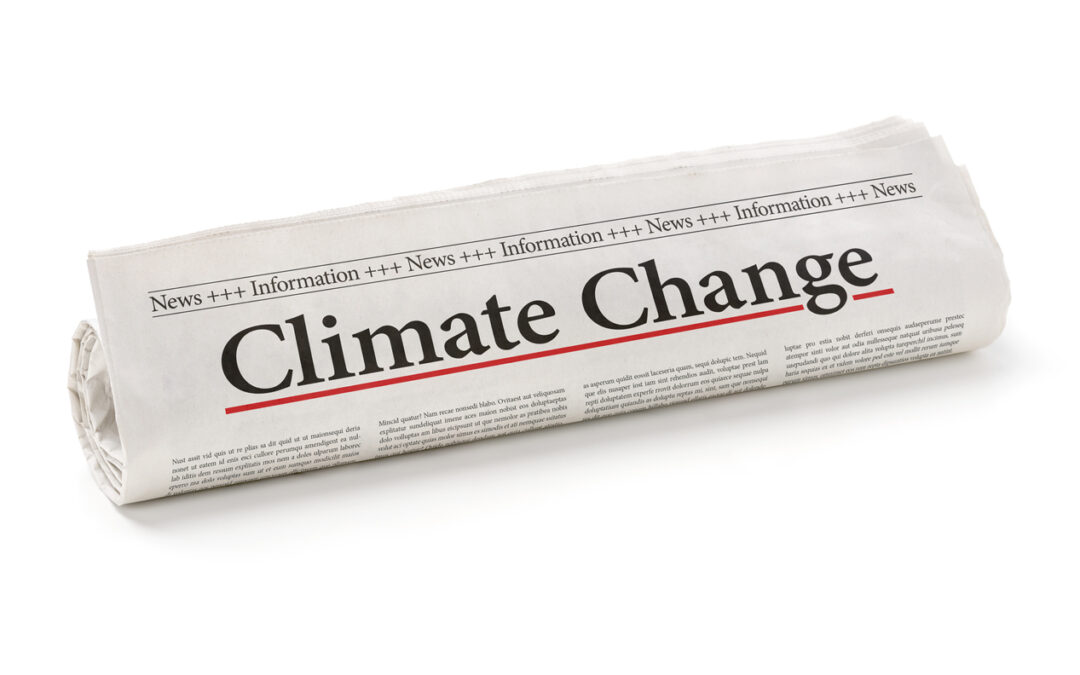A selection of climate change and climate policy news from this past week.
Unusual Pacific Storms Like Hurricane Hilary Could Be a Warning for the Future. A lack of data from the Eastern Pacific Ocean makes it hard to project whether global warming will increase tropical storm risks in Southern California. (read the full story here)
A state judge in Montana ruled on Monday that young people in the state have a constitutional right to a healthful environment, finding in a landmark case that the state’s failure to consider climate change when evaluating new oil and gas projects was causing harm. The case, brought by a group of young Montana residents ranging in age from 5 to 22, is the first of its kind to go to trial in the United States. While the state has contended that Montana’s emissions are minuscule when considered against the rest of the globe’s, the court determined that a provision in the Montana Environmental Policy Act has harmed the state’s environment and the young plaintiffs by preventing Montana from considering the climate impacts of energy projects. (read the full story here)
Coral reefs off the coast of Florida are being hit by a mass bleaching event due to record-high ocean temperatures, and early indications suggest a global mass bleaching event could be underway. “This is a very serious event,” Derek Manzello, the coordinator of the National Oceanic and Atmospheric Administration’s Coral Reef Watch Program, said on a conference call with reporters Thursday. And it’s especially severe in the oceans off the coast of Florida. (read the full story here)
The oceans of the world absorb the overwhelming majority of the heat caused by global warming, creating serious consequences for life in and around them, including humans. “The oceans do a lot of the work in reducing the level of warming,” Baylor Fox-Kemper, professor of earth, environmental, and planetary sciences at Brown University, told CNBC. “Over 90 percent of the excess energy on earth due to climate change is found in warmer oceans, some of it in surface oceans and some at depth.” The oceans cover 70% of the earth’s surface, and water can absorb tremendous amounts of energy. (read the full story here)
WMO climate expert Alvaro Silva commented that “the frequency and intensity of many extremes, such as heatwaves and heavy precipitation, have increased in recent decades”. He noted that it can be said with “high confidence” that human-induced climate change from greenhouse emissions is the main driver. (read the full story here)
With TikTok and Lawsuits, Gen Z Takes on Climate Change. Like a growing number of young people, Kaliko is engaged in efforts to raise awareness about global warming and to reduce greenhouse gas emissions. In fact, last year she and 13 other young people, age 9 to 18, sued their home state, Hawaii, over its use of fossil fuels. With active lawsuits in five states, TikTok videos that mix humor and outrage, and marches in the streets, it’s a movement that is seeking to shape policy, sway elections and shift a narrative that its proponents say too often emphasizes climate catastrophes instead of the need to make the planet healthier and cleaner. (read the full story here)
Southern Californians support policies that fight climate change, even in more conservative regions. There is widespread support for funding renewable energy, regulating CO2 and tax rebates for energy-efficient technology. (read the full story here)
Weaponizing the climate crisis: How extremists and politicians are polarising the debate. Climate change has once again become a hot topic in the UK but for all the wrong reasons. (read the full story here)

